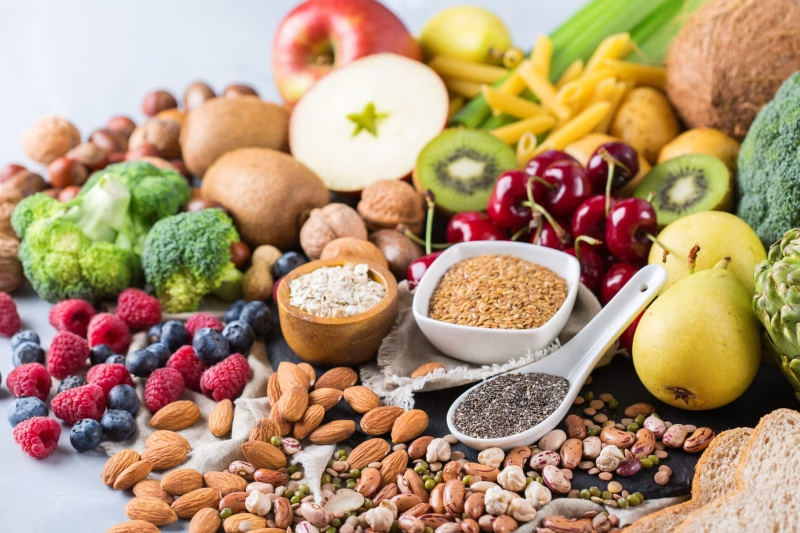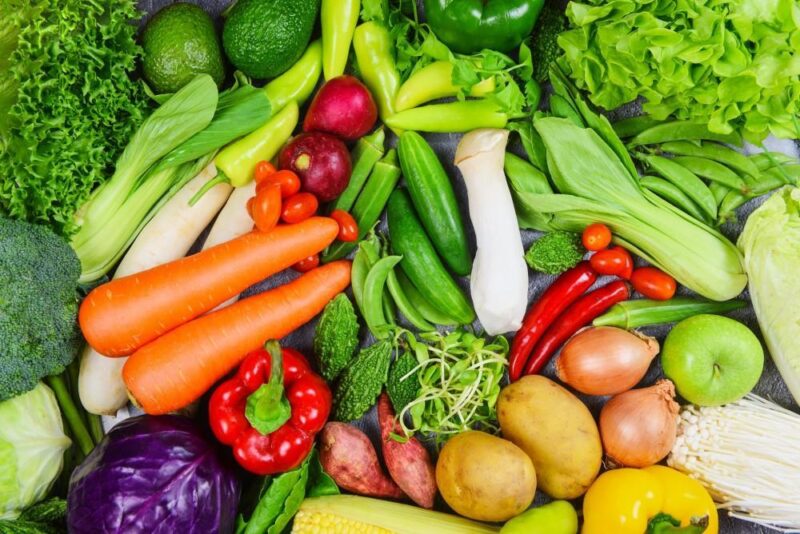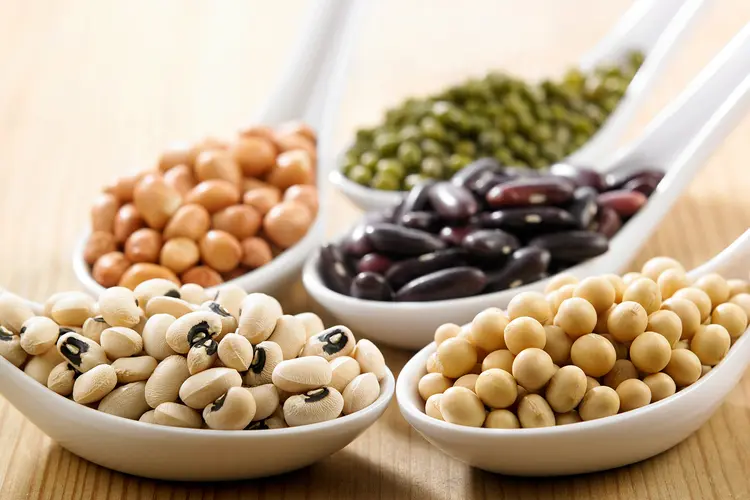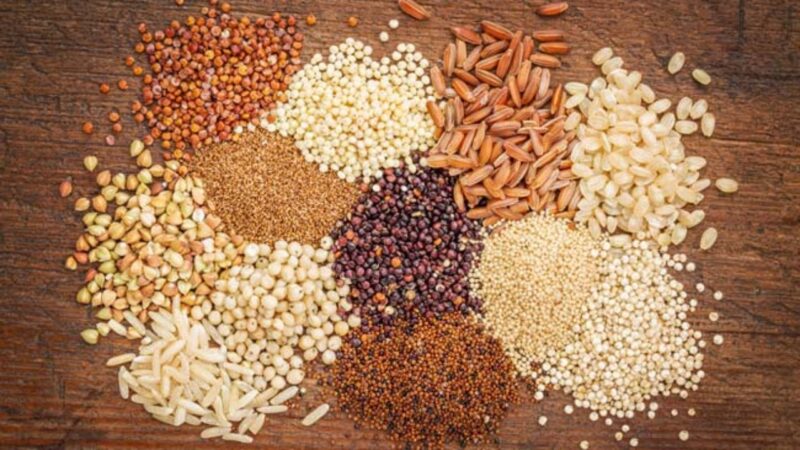A consistent intake of dietary fiber is one of the simplest ways to maintain both sustained energy and optimal digestive function. The concrete answer: adults should consume around 25 to 35 grams of fiber per day, and the most effective sources are whole plant foods, fruits, vegetables, legumes, nuts, and whole grains. Unlike synthetic fiber powders or supplements, natural sources offer a blend of soluble and insoluble fibers that regulate blood sugar, support gut bacteria, and keep your digestive tract functioning efficiently throughout the day.
Why Fiber Is Essential for Energy and Digestion

Fiber is not digested like other nutrients; instead, it slows down digestion just enough to provide a steady energy release. Soluble fiber forms a gel-like substance in your gut, which stabilizes blood glucose and keeps hunger under control, while insoluble fiber adds bulk to stool and promotes regular bowel movements.
Together, they help maintain balanced energy levels, improve nutrient absorption, and reduce fatigue associated with sluggish digestion or blood sugar crashes.
Fruits: The Tastiest Fiber Boosters
Fruits are the most enjoyable way to increase your fiber intake naturally. They’re rich in water, antioxidants, and plant sugars, making them both energizing and digestive-friendly. However, not all fruits provide the same benefits. Some stand out for their fiber concentration and balanced nutrient profile.
| Fruit | Fiber (per 100 g) | Benefits | Ideal Use |
| Apples (with skin) | 2.4 g | Soluble fiber for gut balance | Snack or sliced with oats |
| Pears | 3.1 g | Improves bowel regularity | Breakfast or salads |
| Raspberries | 6.5 g | High in both fiber types | Smoothies or desserts |
| Oranges | 2.4 g | Adds hydration and gentle fiber | Post-meal refreshment |
| Kiwi | 3.0 g | Natural prebiotic, aids smooth digestion | Ideal mid-morning snack |
Among these, kiwi deserves special mention for its combination of fiber, enzymes, and vitamin C. It helps keep the intestinal tract active and promotes the growth of beneficial gut bacteria. For an easy and shelf-stable way to enjoy it daily, consider bulk kiwi slices, a convenient dried form that retains fiber and nutrients without added sugar. They make a practical snack or breakfast topping, delivering both sweetness and digestive support naturally.
Vegetables: The Foundation of a Healthy Gut

Vegetables are the backbone of any high-fiber diet. Dark leafy greens, cruciferous vegetables, and root crops provide a mix of soluble and insoluble fiber while remaining low in calories.
Cooking methods also matter; lightly steaming or roasting helps preserve their fiber and nutrient content.
| Vegetable | Fiber (per 100 g) | Additional Benefits |
| Broccoli | 2.6 g | Supports detox enzymes and gut flora |
| Carrots | 2.8 g | Stabilizes blood sugar through slow digestion |
| Brussels Sprouts | 3.8 g | High in glucosinolates for gut protection |
| Sweet Potatoes | 3.0 g | Provides sustained energy from complex carbs |
| Spinach | 2.2 g | Contains magnesium for muscle and nerve function |
These vegetables deliver not only digestive benefits but also a steady energy curve due to their complex carbohydrates. Eating them regularly, particularly at lunch, reduces post-meal fatigue and supports stable performance throughout the day.
Legumes: The Most Concentrated Source of Fiber

Beans, lentils, and peas are unbeatable when it comes to fiber density. They contain resistant starch, which acts as a prebiotic, fuel for your gut bacteria. They also provide plant protein and minerals like iron and zinc, making them essential for those looking to boost endurance and immunity naturally.
| Legume | Fiber (per 100 g, cooked) | Protein | Key Advantage |
| Lentils | 7.9 g | 9 g | Quick to cook, balances blood sugar |
| Black Beans | 8.7 g | 9 g | Supports gut microbiome diversity |
| Chickpeas | 7.6 g | 8.2 g | High in resistant starch |
| Split Peas | 8.3 g | 8.9 g | Promotes long-lasting fullness |
| Kidney Beans | 6.4 g | 8.7 g | Good for cholesterol reduction |
Including legumes in at least one meal a day can meet nearly half of your daily fiber requirement. A cup of lentil soup or chickpea salad is a practical and effective addition for anyone seeking steady energy and smooth digestion.
Whole Grains: Slow Fuel for Your Body

Whole grains supply the kind of energy that lasts all day. They contain all three parts of the grain, the bran, germ, and endosperm, ensuring that fiber, B-vitamins, and trace minerals are intact.
Refined grains, in contrast, remove the bran, stripping away most fiber and nutrients.
| Grain | Fiber (per 100 g, cooked) | Glycemic Index | Ideal Pairing |
| Oats | 10.6 g | 55 | Great for breakfast energy |
| Quinoa | 2.8 g | 53 | Ideal side for lunch or dinner |
| Brown Rice | 1.8 g | 68 | Works for gradual energy release |
| Barley | 17.3 g | 25 | Exceptional for digestive support |
| Whole Wheat Pasta | 6.0 g | 45 | Balanced option for sustained fullness |
A bowl of oatmeal or barley porridge in the morning provides the perfect combination of fiber and slow carbohydrates for stable energy and digestive comfort throughout the day.
Nuts and Seeds: Compact but Powerful

Although small, nuts and seeds are fiber-dense and rich in healthy fats that further slow digestion and extend satiety. Eating them in moderation helps stabilize metabolism and reduces inflammation, which indirectly supports digestion and sustained energy output.
| Type | Fiber (per 30 g serving) | Notes |
| Almonds | 3.5 g | Good for skin and heart health |
| Chia Seeds | 10 g | Expands in liquid, aids gut movement |
| Flaxseeds | 8 g | Contains omega-3 and lignans |
| Pumpkin Seeds | 1.1 g | Adds magnesium and iron |
| Walnuts | 2 g | Supports brain function and gut health |
You can sprinkle chia or flaxseeds on yogurt, salads, or oatmeal for a quick fiber boost without changing the taste dramatically.
Fiber and Hydration: The Critical Connection

High fiber intake works best when paired with sufficient hydration. Fiber absorbs water in the intestines to soften stool and ease its passage. Without water, fiber can actually cause bloating or constipation.
Aim for at least 2 liters of water daily, and increase this slightly if you’re physically active or consuming a high-fiber meal plan.
How to Balance Fiber Intake Throughout the Day
A steady distribution of fiber-rich foods helps maintain consistent energy and digestive rhythm. Overloading fiber in one meal can cause discomfort, so it’s best to space it out as follows:
| Meal | Recommended Fiber Source | Approximate Intake |
| Breakfast | Oats with kiwi slices or chia seeds | 8–10 g |
| Lunch | Lentil or chickpea salad with vegetables | 10–12 g |
| Snack | Almonds or bulk kiwi slices | 3–5 g |
| Dinner | Brown rice or barley with broccoli | 8–10 g |
By following this simple pattern, you can easily reach the 25–35 g daily target while maintaining steady energy and digestive comfort.
Final Takeaway
Natural fiber sources are not just about digestion; they are essential for sustained vitality and internal balance. When you rely on whole fruits, vegetables, legumes, grains, and nuts, you’re building a foundation for consistent energy and long-term wellness. Kiwi, beans, and oats form the ideal trio for everyday balance, each bringing unique fiber types that complement one another.
The goal isn’t to eat “more” fiber at once, but to integrate it evenly throughout your day, keeping your body energized and your digestion efficient without effort.

